A new field of science has been emerging at the intersection of neuroscience and high-performance computing - this is the takeaway from the 2022 BrainComp conference, which took place in Cetraro, Italy from the 19th to the 22nd of September. The meeting, which featured international experts in brain mapping, machine learning, simulation, research infrastructures, neuro-derived hardware, neuroethics and more, strengthened the current collaborations in this emerging field and forged new ones.
News
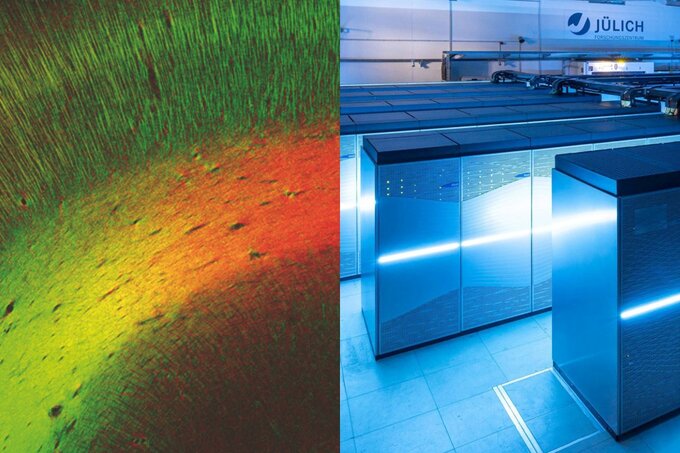
BrainComp 2022: Experts in neuroscience and computing discuss the digital transformation of neuroscience and benefits of collaborating
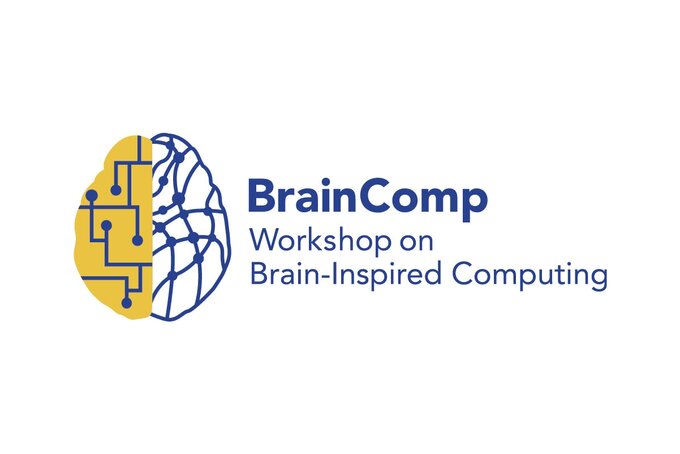
BrainComp2022 - Computational Challenges of Connectivity
Together, Neuroscience and Computing are driving forces for research and innovation. They enable new insights into the brain‘s complexity as well as biological information processing and lay ground for progress in Future Computing. Making use of this collaborative effort by bringing together relevant key players in the field of Neuroscience and Future Computing, the workshop on Brain-Inspired Computing (BrainComp) aims to shed a light on the digital transformation of Neuroscience by High Performance Computing (HPC).
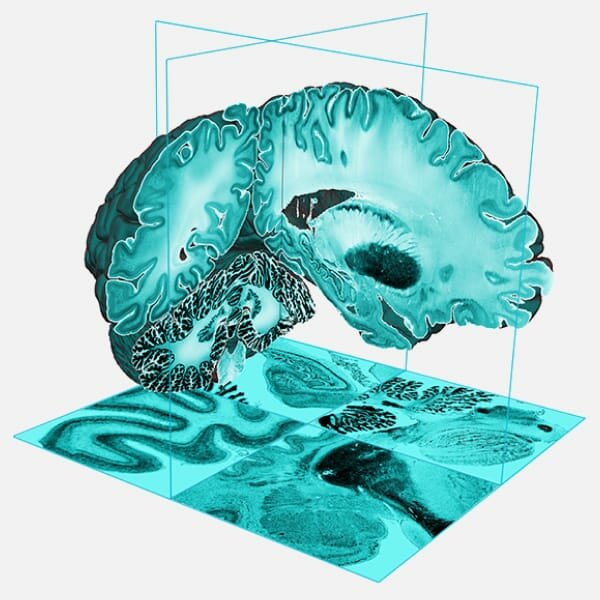
Katrin Amunts and Alan Evans present their work to German government during Canada visit
In August 2022, Katrin Amunts from Forschungszentrum Jülich and Alan Evans from McGill University in Canada presented AI applications in brain mapping to German Federal Chancellor Olaf Scholz, Vice Chancellor Robert Habeck and a delegation of high-ranking industry representatives during their visit of the Institut québécois d'intelligence artificielle (Mila) in Montreal.

Four new brain areas involved in various cognitive processes mapped
Researchers of the Human Brain Project (HBP) have mapped four new areas of the human anterior prefrontal cortex that plays a major role in cognitive functions. Two of the newly identified areas are relatively larger in females than in males.

„Leave of absence“
Behind these three words in the CV of brain researcher Nataliia Fedorchenko lie war and flight, and the hope that she will be able to use her knowledge, which she is now contributing to the Human Brain Project at the Forschungszentrum Jülich, to help rebuild Ukraine.
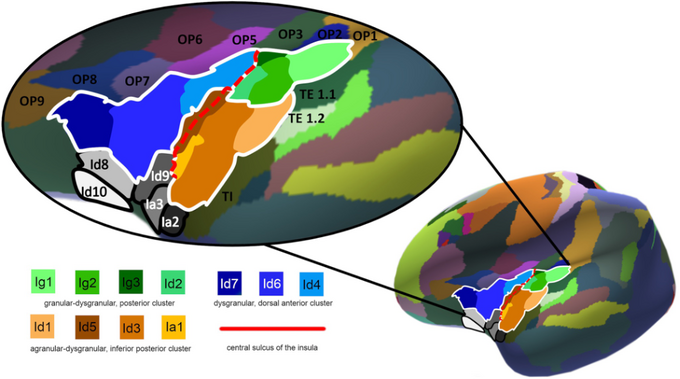
Seven new areas in the human insular cortex mapped for the first time
A team of researchers from the C. and O. Vogt Institute for Brain Research at the University of Düsseldorf and the Institute of Neuroscience and Medicine (INM-1) at Forschungszentrum Jülich have identified seven new areas of the human insular cortex, a region of the brain that is involved in a wide variety of functions, including self-awareness, cognition, motor control, sensory and emotional processing. All newly detected areas are now available as 3D probability maps in the Julich Brain Atlas, and can be openly accessed via the Human Brain Project’s EBRAINS infrastructure. Their findings, published in NeuroImage, provide new insights into the structural organisation of this complex and multifunctional region of the human neocortex.
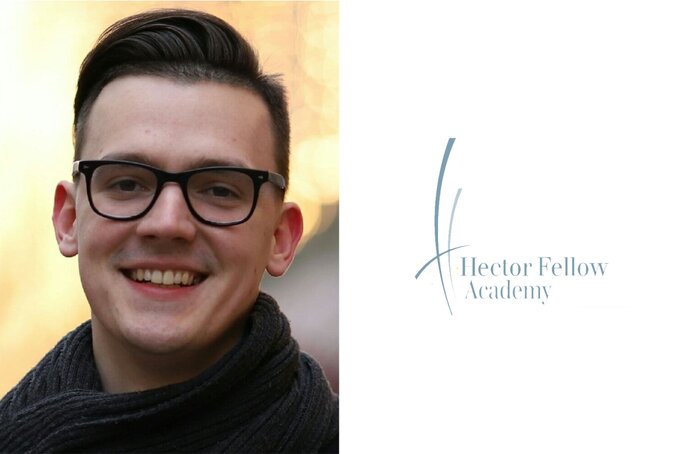
Alexey Chervonnyy receives PhD Scholarship from Hector Fellow Academy
Alexey Chervonnyy has been awarded a PhD Scholarship from the Hector Fellow Academy. The scholarship, awarded after a multi-stage selection process, will fund a three-year research project at the C. and O. Vogt Institute for Brain Research in Düsseldorf under the supervision of Hector Fellow Katrin Amunts. Chervonnyy will investigate the structure of the human hypothalamus, a part of the brain that plays a key role in regulating neuroendocrine, behavioural and autonomic processes essential to life, such as circadian rhythms, metabolic processes, sleep and body temperature.
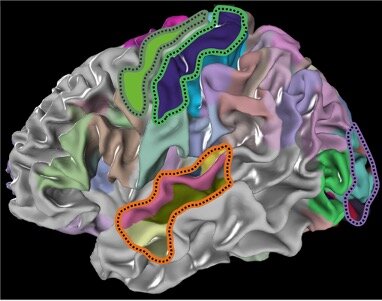
HBP researchers shed new light on human brain organisation
New brain maps show that cells, receptors and gene activity change along the same boundaries. The study, which was conducted by researchers of the Institute of Neurosciences and Medicine (INM-1) at Forschungszentrum Jülich (FZJ), elucidates principles of human brain organisation for areas of the visual, auditory, somatosensory and motor systems.

Six new brain areas involved in memory, language and music processing identified
Julich Brain Atlas researchers have identified six new areas that form a functional region with a crucial role in cognitive functions of the lateral prefrontal cortex of the human brain. The team from Forschungszentrum Jülich, Heinrich Heine University Düsseldorf and RWTH Aachen University showed for the first time that the inferior frontal sulcus (IFS) and its junction (IFJ) are subdivided into six distinct areas, which are associated with working memory, language and music processing, among other functions.